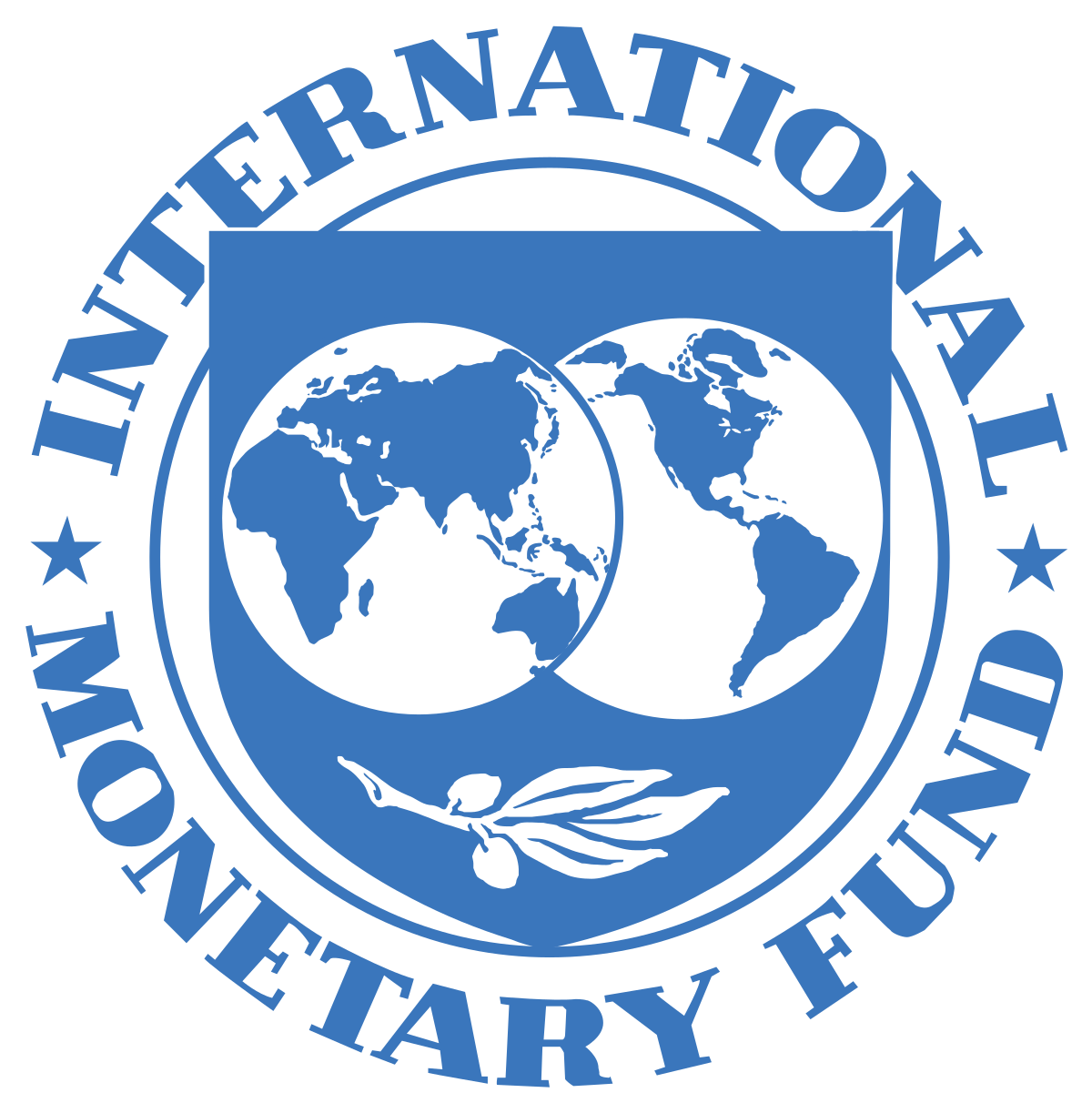First we had a bear market in anticipation of a recession and now we have a growth rally as some expect the Federal Reserve to loosen its policy stance as the US ventures further into a technical recession. The question now is whether the deflationary series of events forecasted will fall neatly into place.
On Wednesday, the Federal Open Market Committee (FOMC) announced its second 75 basis points (bps) interest rate hike in just two months.
While equivalent to the largest rate hike seen in more than two decades, it was below the 1% some expected and chairman Jerome Powell’s press conference was “less fiery and hawkish” than the previous meeting, according to AXA Investment Management’s head of macroeconomic research, David Page.
Reading this tone as a sign the pace of future hikes would be less severe, risk-on and high beta exposures such as the Nasdaq jumped 4% in a single session, the index’s largest one-day jump since 2020.
In the lead-up to the latest policy meeting, European investors also went on the offensive, pulling $1.3bn from the iShares Physical Gold ETC (IGLN) over the past month, as at 26 July, while piling $376m into the SPDR S&P U.S. Technology Select Sector UCITS ETF (ZPDT) in just a week, according to data from ETFLogic.
Far from wild acts of speculation, however, these shifts were justified by the predictions of some of the largest players in finance.
News that US economic growth contracted by 0.9% in Q2 appeared to mark the beginning of a technical recession. Anticipating this, JP Morgan issued a note at the start of the week stating H2 activity could be “challenged” but “bad data is starting to be seen as good” and an activity reset is actually “what many want to see to start looking through”.
Such a slowdown could also lead to a more balanced Fed, continued moderation in bond yields, a weakening dollar and crucially, levelling off in inflation.
Supporting this, AXA IM, ING and Nikko Asset Management agreed continued economic slowdown could trigger the “Powell pivot”, with hikes forecasted to drop to 50bps and then 25bps by the end of the year.
ING suggested US rates also do not stay high for long and over the last 50 years, the time between the Fed’s last rate hike and first cut has been around six months, meaning rate cuts could arrive as soon as summer 2023.
However, it would be foolhardy to suggest the path through recession is clear, with a route to a ‘soft landing’ becoming increasingly narrow, according to AXA IM’s Page.
ING highlighted the busy calendar in the run-up to the FOMC’s September 21 meeting including two jobs reports, two inflation prints and the Fed’s Jackson Hole symposium in late August, all of which give the Fed good reason to remain tight-lipped for now.
It is also important to note inflation is a delicate force being treated with blunt-force monetary instruments. James Athey, investment director at abrdn, warned the more dovish interpretation of the recent FOMC meeting could create a steeper yield curve, weaker US dollar and stronger risk assets. These moves act to further ease financial conditions, he warned, which works against the Fed’s hawkish goals.
The Fed is only also only equipped to deal with the demand side of inflation. Should supply bottlenecks continue, especially in commodities as Russia holds western fuel and food supplies to ransom, we could realistically be looking at higher inflation for longer.
Finally, it is worth looking at the Fed’s messaging. While a recession might begin the timer for more accommodative monetary policy, Powell pointed to job creation so far in 2022 and insisted the US is not yet in a real recession. For now, at least, the Fed is not happy for markets to call time of death on its tightening cycle.
An Italian retail renaissance
A new push to harness the power of Italian retail investors has got underway over the last fortnight, with ETF issuers and online platform providers targeting the market.
This week Franklin Templeton announced a partnership with Italian trading platform Directa to distribute 19 of its actively managed fixed income, emerging markets, Paris-aligned climate and new Catholic principles EM sovereign debt ETFs from its LibertyShares range to retail investors in Italy.
This came a week after German investment platform Scalable Capital announced it will now offer its commission-free trading platform, savings plans and crypto investments to Italian clients, though its ‘robo-adviser’ is not part of the launch.
Crypto not yet big enough to cause contagion
While equity and bond markets have had enough volatility of their own in 2022, the ninety-plus-percent losses in a week booked by some crypto assets have yet to leak out of the digital assets sandbox, according to the International Monetary Fund.
In its World Economic Outlook on Tuesday, the policymaker said the “dramatic sell-off” in crypto has been mostly contained, with “spillovers to the broader financial system…limited so far.”
The IMF then pointed to the events of May when stablecoin terraUSD depegged from the US dollar and at one point lost 99% of its value in a day.
The stablecoin was backed by bitcoin held by its sister company, Luna, and as the price of bitcoin fell, $4.2bn of shorts wiped $29bn from terraUSD, which in turn saw ETPs tracking the stablecoin halt trading.
ETF Wrap is a weekly digest of the top stories on ETF Stream
Related articles







